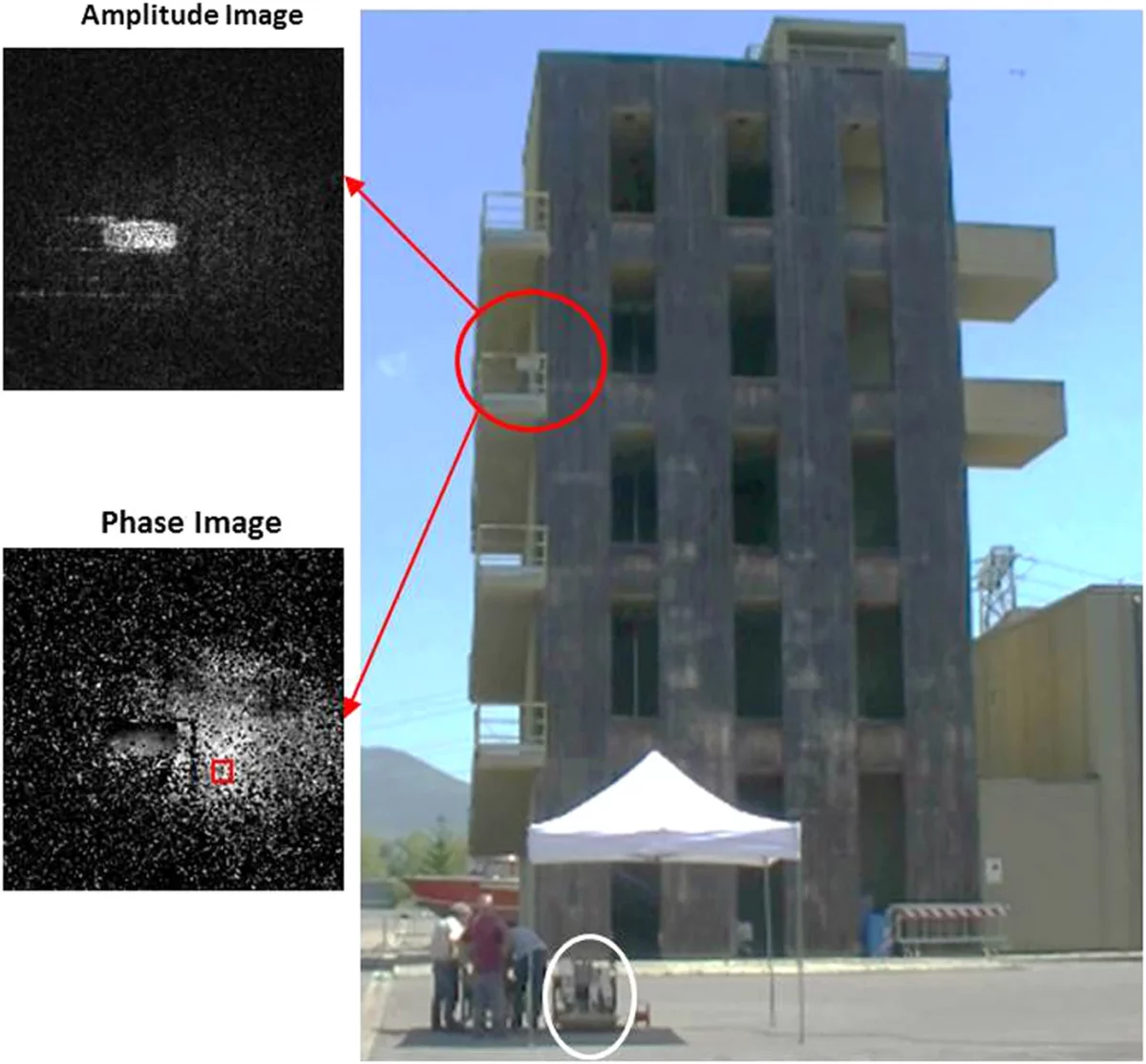In countries with medium to high seismic risk, a seismic vulnerability assessment is needed. Many infrastructures such as hospitals, schools, bridges or viaducts need urgent and detailed assessments to determine their actual state of preservation.
As recent tragic events have shown, earthquakes and wear and tear are the two of the biggest threats to countries structures and infrastructure and to people’s lives.
What is the ATLANTE Project
The ATLANTE project of the Tuscany Region concerns the development of an innovative prototype for the monitoring of large structures (buildings, bridges, artifacts, …) that uses the technique of Mid Infrared Digital Holography (MIR DH) and represents real progress in the methods of structural diagnostics. Lunitek is the sole technical/scientific contact for the project, which is supported by Campera Electronic Systems (CES). The technique was developed by the National Institute of Optics of the CNR (CNR-INO) in Florence together with the Department of Earth Science of the University of Florence (UniFI-DST). Prela Perparim LP and DGNET srl are also participating in the project, with Commit Software as consultants.
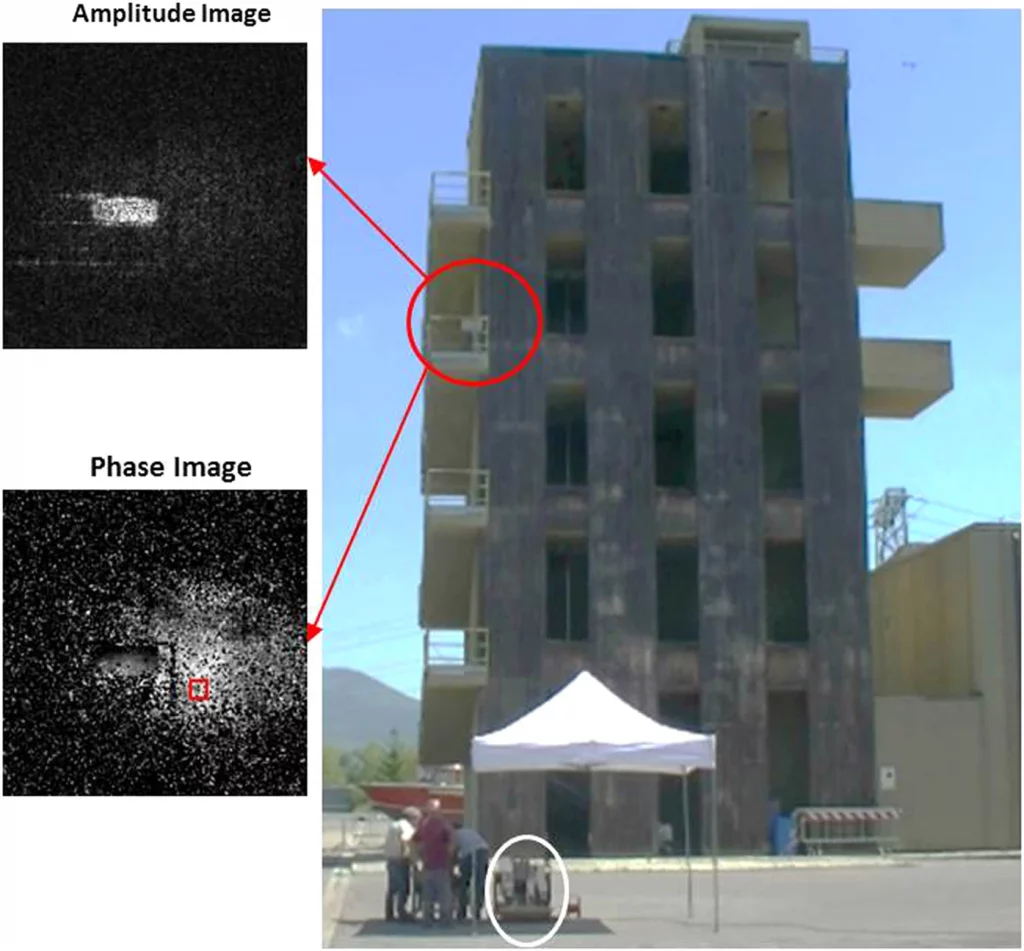
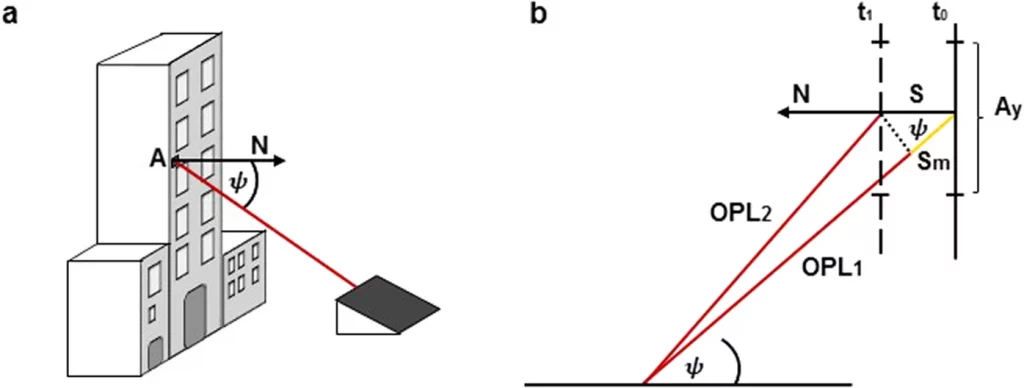
Comparison between seismic and MIR DH techniques
The limits of the seismic method
Currently, seismic measurements are used to determine the health status of structures and their reference parameters. The seismic technique, based essentially on the use of accelerometers and/or seismometers to be positioned inside the structure, is rather invasive and expensive in terms of time and human resources and it’s therefore difficult to use on a large scale. With this technique, moreover, it’s not possible to obtain information on possible drifts of the structure such as, for example, the slow subsidence of a wall, the buckling of a city wall or the deformation under load of an attic or a bridge. Finally, the seismic technique is not applicable in all those situations where it’s not possible to put the device on the surface to be monitored (vertical surfaces, crumbling structures, architectural elements that are difficult to access, …).
Advantages of the MIR DH technique
The holographic technique is suitable for monitoring most of the existing structures and allows you to obtain the same information as the seismic technique, in a considerably shorter time, with a more limited use of human resources and remotely, i.e. remaining outside the examined structure, and also allows to monitor all the buildings in an entire urban area.
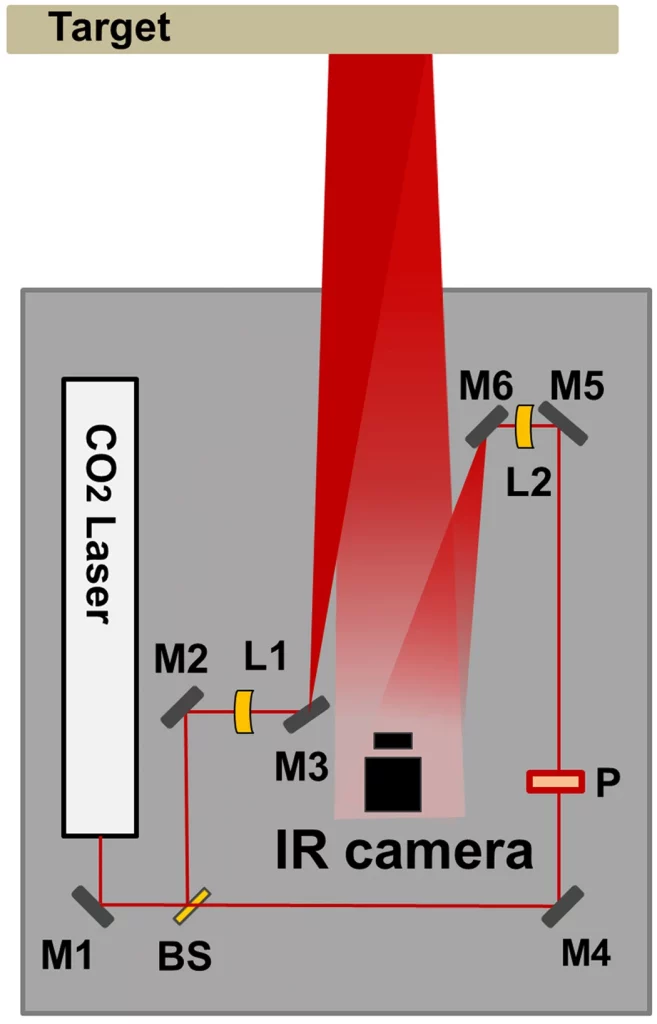
The holographic technique also allows the user to monitor large surfaces of the structure, obtaining a real map of deformations/displacements of the surface under examination. Finally, unlike the seismic technique, the holographic technique is also able to follow drift motions of the examined structure and to predict the dynamic response of the structure to external stresses, whether environmental or related to human activity.
These features significantly expand the field of application of this technique to structural engineering, seismic vulnerability and cultural heritage conservation, allowing non-invasive monitoring of environmental deterioration and the ageing process of historical monuments and artistic sites.
- The technique is mainly indicated in the prevention phase but can also be used in the post-seismic event phase to determine which of the surviving buildings are really safe. The ability to operate remotely and with very short measurement times makes the technique very well suited to large-scale use, allowing the monitoring of entire urban areas.
The technique can also be used for non-destructive tests necessary for the certification of viability of buildings and infrastructures and is perfectly suited to the monitoring of cultural heritage (statues, frescoes, etc.) and, in general, of all those architectural-constructive elements (columns, terraces, chimneys, …) for which it is interesting to provide both static (under load) and dynamic characterization.
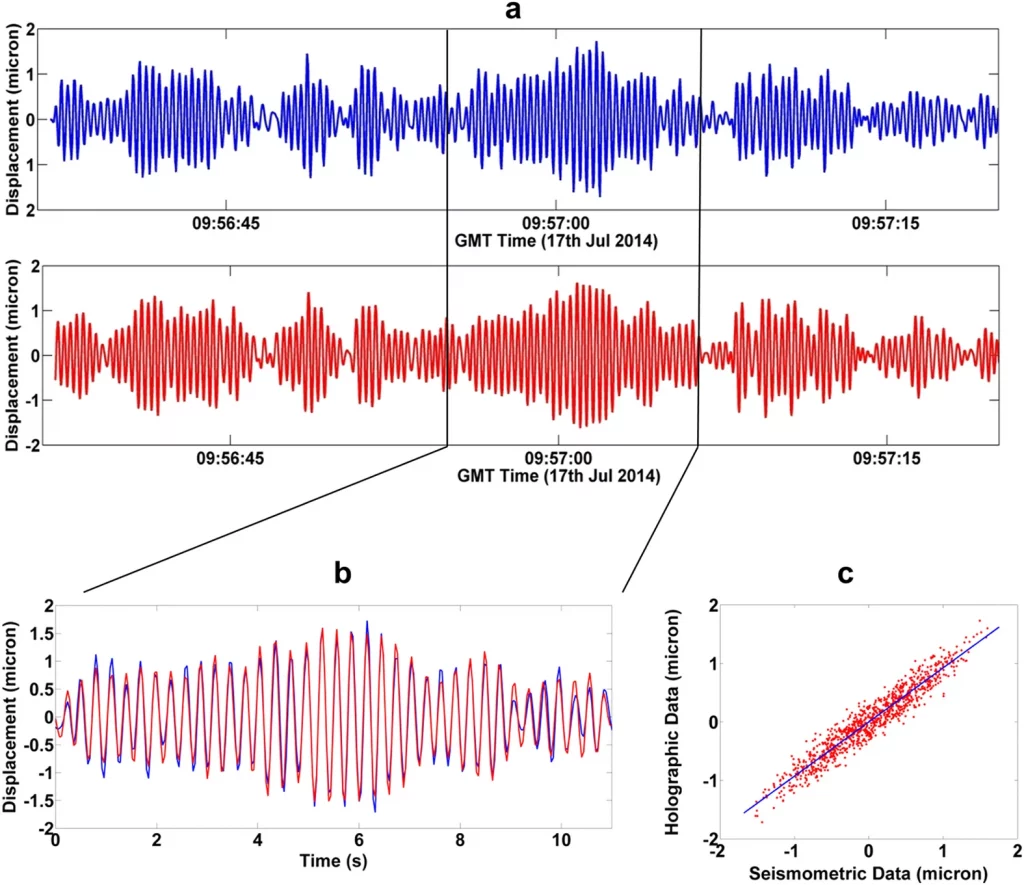
It is now generally recognized that the systematic monitoring of most existing buildings and infrastructures is necessary in order to provide the real estate assets with a kind of ‘structural identity card’.
The technique based on MIR DH represents a revolutionary advance in the field of dynamic characterization of large structures to assess their state of health and/or degree of seismic vulnerability and, therefore, establish complete and correct prevention strategies.
The total funding provided by the Tuscany Region amounts to € 587,780.49.


